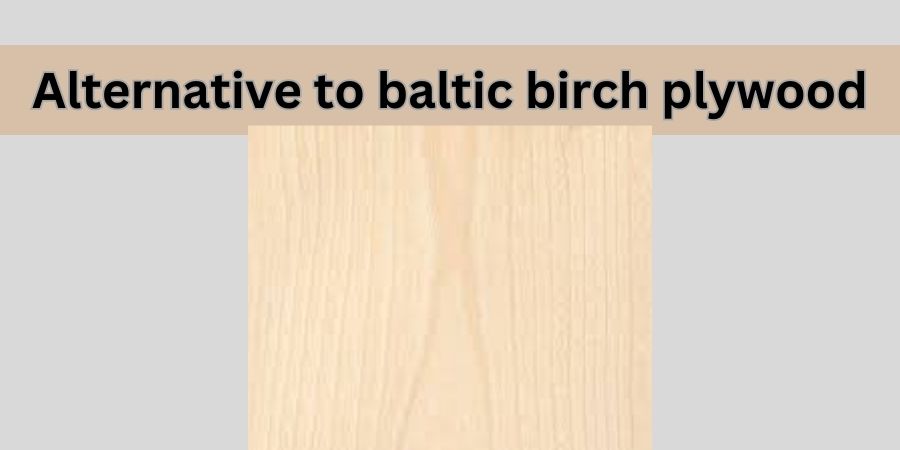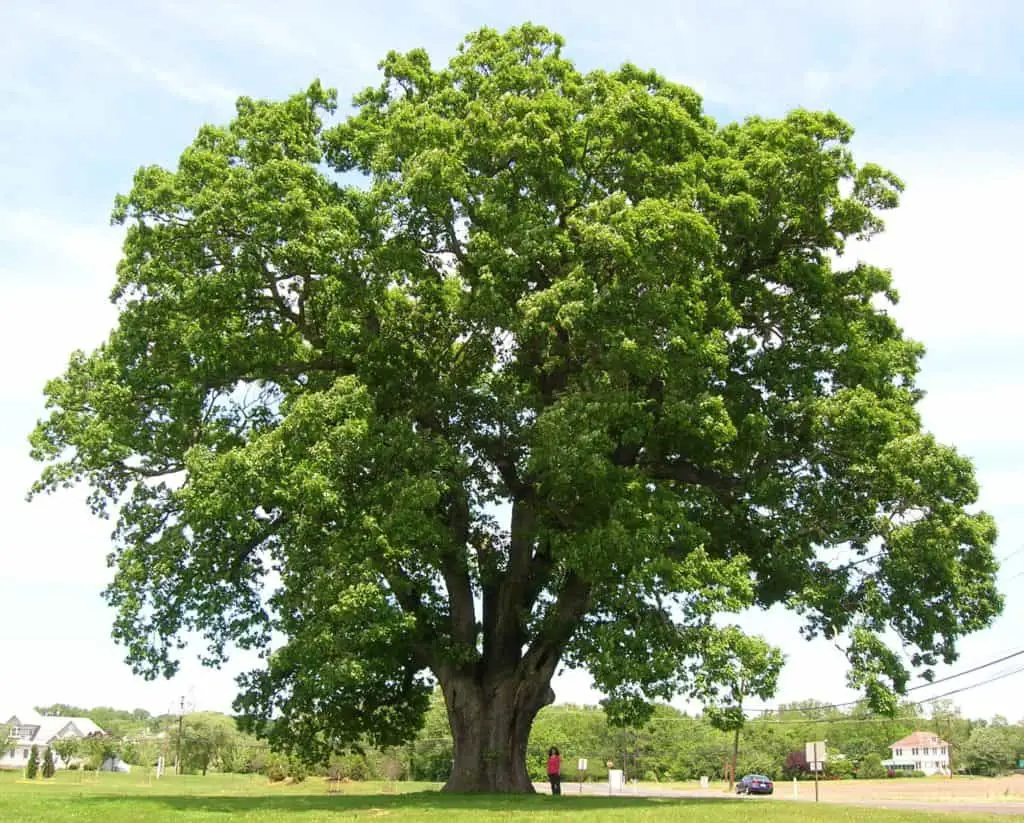If you’re a carpenter or a DIY enthusiast, chances are you know all about Baltic Birch plywood. It’s a top-quality material that’s known for being durable and reliable. However, there may be instances where Baltic Birch isn’t the best choice for your project. In this post, we’ll go over some alternative options to Baltic Birch plywood and when to use them.
Table of Contents
Why Look for Alternatives to Baltic Birch Plywood?

While Baltic Birch is a fantastic choice for many woodworking projects, there are a few reasons you might want to explore other materials, including:
Cost: Baltic Birch plywood can be pricier than other types of plywood, which can make it less accessible to hobbyists and DIYers on a budget. Availability: Depending on where you live, Baltic Birch may not be easy to come by. Aesthetics: While Baltic Birch is known for its consistent appearance, some projects may require a different look or texture.
Now that we’ve talked about why you might want to consider alternatives, let’s dive into some other types of plywood that can be used instead.
Alternatives to Birch plywood
MDF (Medium-Density Fiberboard)
MDF is a popular option when it comes to alternatives for Baltic Birch plywood. It’s more affordable and widely available, and it’s made by compressing wood fibers and resin to create a dense and smooth material. MDF is often used for indoor furniture, cabinetry, and other similar projects.
Pros:
Cost-effective Smooth surface Easy to paint or veneer Consistent density
Cons:
Not suitable for outdoor use Can be heavy Less durable than Baltic Birch
Lauan (Meranti) Plywood
Lauan plywood, also known as Meranti plywood, is another affordable option that’s frequently used in DIY projects. It’s made from tropical hardwoods and has a reddish-brown hue. Lauan is often used for indoor paneling, shelving, and other similar projects.
Pros:
Inexpensive Lightweight Available in large sheets Easy to cut and sand
Cons:
Not suitable for outdoor use Less durable than Baltic Birch Can be prone to splintering
CDX Plywood
CDX plywood is a construction-grade plywood that’s made from lower-quality wood veneers. It’s often used in building and remodeling projects because it’s affordable and strong enough for structural use. CDX plywood has a rough surface and is typically covered with a layer of paint or other finishing material.
Pros:
Strong and durable Affordable Available in large sheets Suitable for structural use
Cons:
Rough surface Not suitable for indoor projects that require a smooth finish May have visible knots and imperfections
ACX Plywood
ACX plywood is a step up from CDX plywood and is made with higher-quality veneers. It has a smoother surface and is often used in outdoor applications, such as decks and fences. ACX plywood is also commonly used for furniture and cabinetry.
Pros:
Smooth surface Suitable for outdoor use Strong and durable Easy to cut and sand
Cons:
More expensive than CDX plywood May have visible knots and imperfections
Sure, here are 5 more alternatives to Baltic Birch plywood:
Marine Plywood
Marine plywood is a type of hardwood plywood that’s specifically designed for use in wet and humid environments. It’s made with waterproof glue and is often used for boats, docks, and other marine applications.
Pros:
- Waterproof and resistant to rot and mildew
- Durable and strong
- Suitable for outdoor use
- Available in large sheets
Cons:
- More expensive than other types of plywood
- Can be heavy
- Not suitable for indoor projects that require a smooth finish
Particleboard
Particleboard is an engineered wood product that’s made from wood particles and resin. It’s often used as a cost-effective alternative to solid wood and is suitable for a variety of indoor applications.
Pros:
- Inexpensive
- Available in large sheets
- Easy to cut and sand
- Suitable for indoor use
Cons:
- Not as durable as Baltic Birch plywood
- Can be prone to swelling and warping if exposed to moisture
- May have visible seams and edges
OSB (Oriented Strand Board)
OSB is a type of engineered wood product that’s made by pressing together wood strands and resin. It’s often used as a structural panel in construction and remodeling projects.
Pros:
- Strong and durable
- Affordable
- Suitable for structural use
- Available in large sheets
Cons:
- Rough surface
- Not suitable for indoor projects that require a smooth finish
- May have visible seams and edges
Poplar Plywood
Poplar plywood is a lightweight plywood that’s made from poplar wood. It’s often used for cabinetry, furniture, and other indoor applications.
Pros:
- Lightweight
- Available in large sheets
- Easy to cut and sand
- Smooth surface
Cons:
- Not as strong or durable as Baltic Birch plywood
- May have visible seams and edges
- More expensive than some other alternatives
Red Oak Plywood
Red oak plywood is a type of hardwood plywood that’s made from red oak veneers. It’s often used for cabinetry, furniture, and other indoor applications.
Pros:
- Beautiful grain pattern and color
- Strong and durable
- Smooth surface
- Available in large sheets
Cons:
- More expensive than some other alternatives
- Can be heavy
- Not suitable for outdoor use





